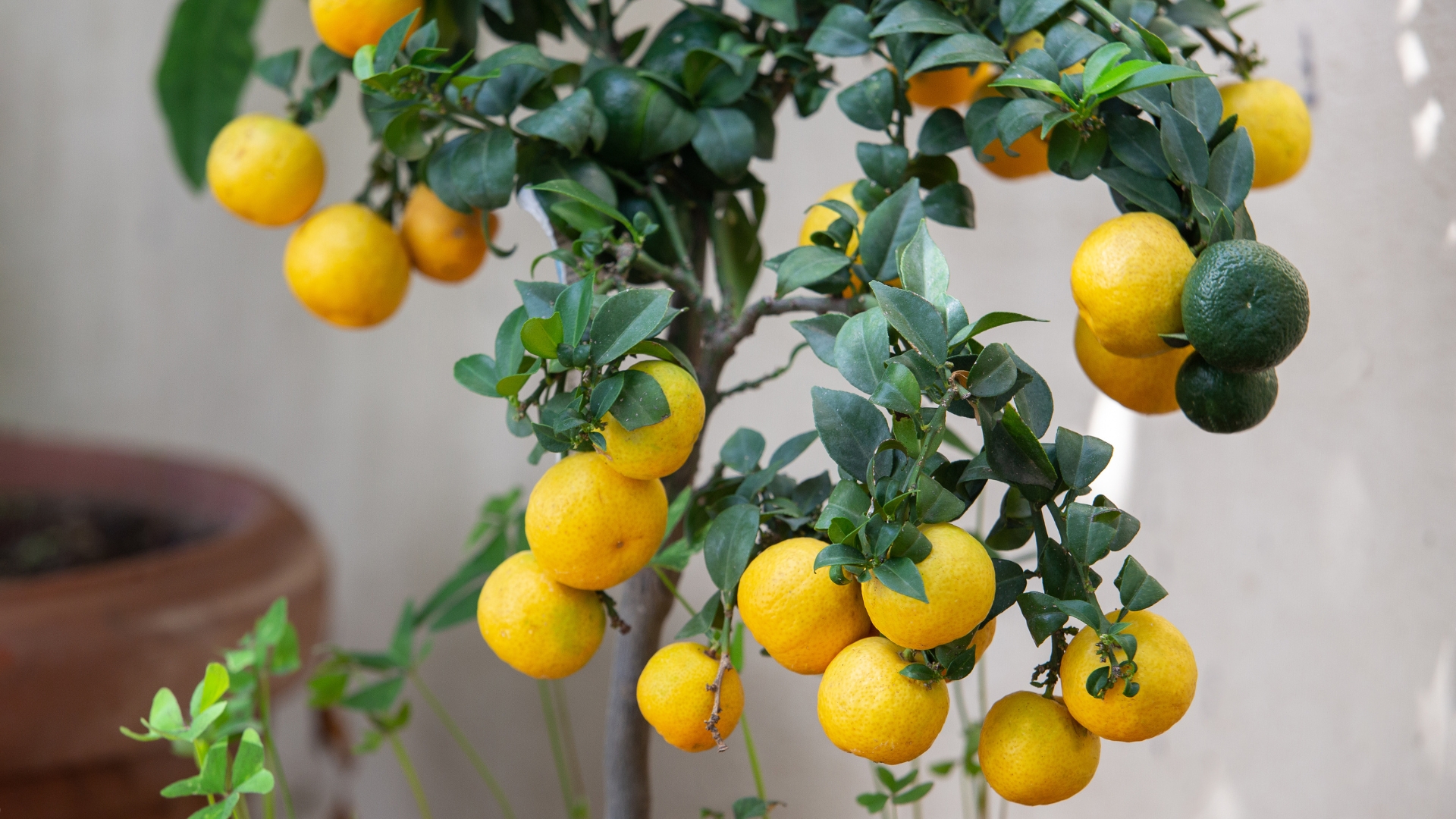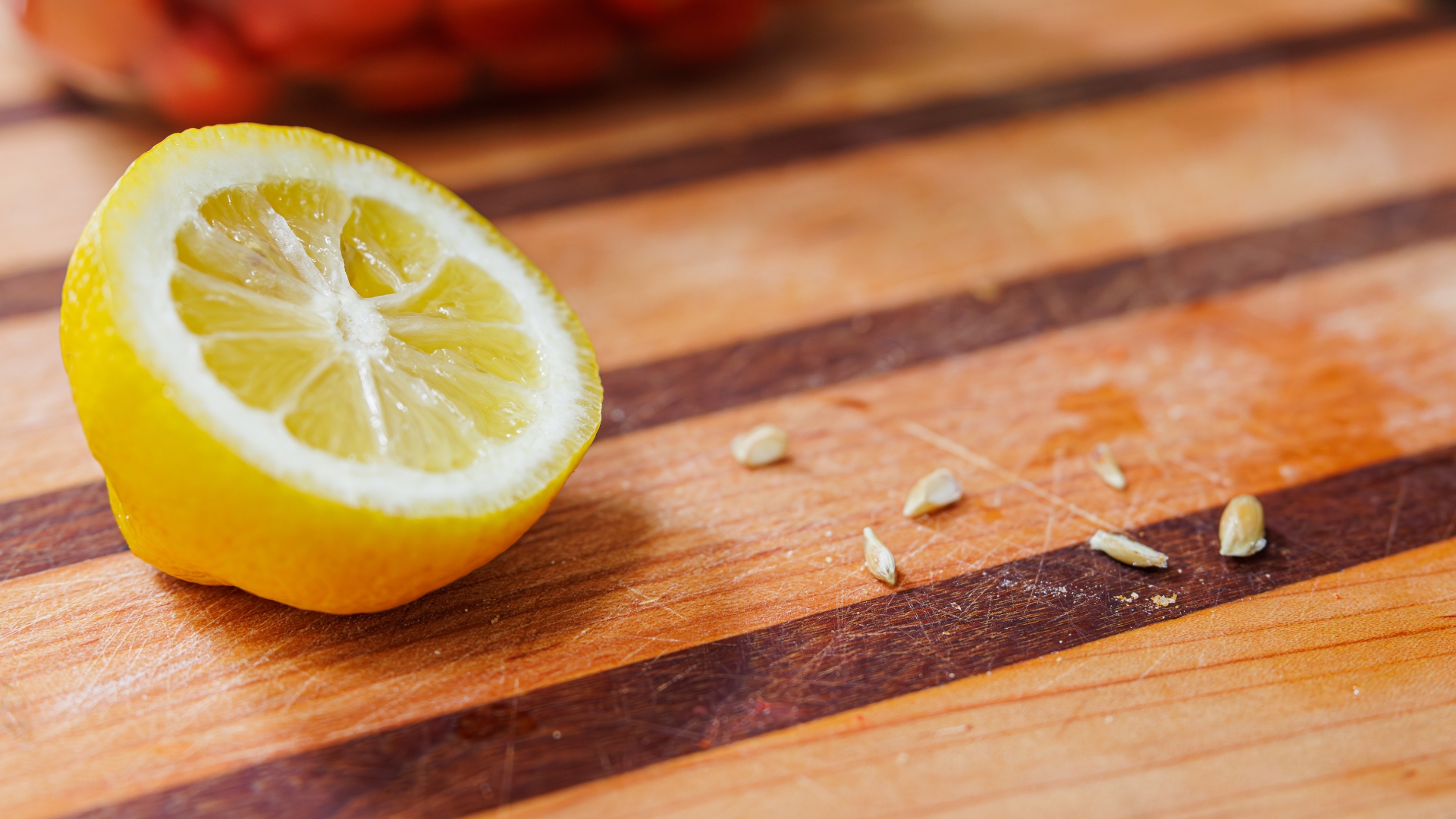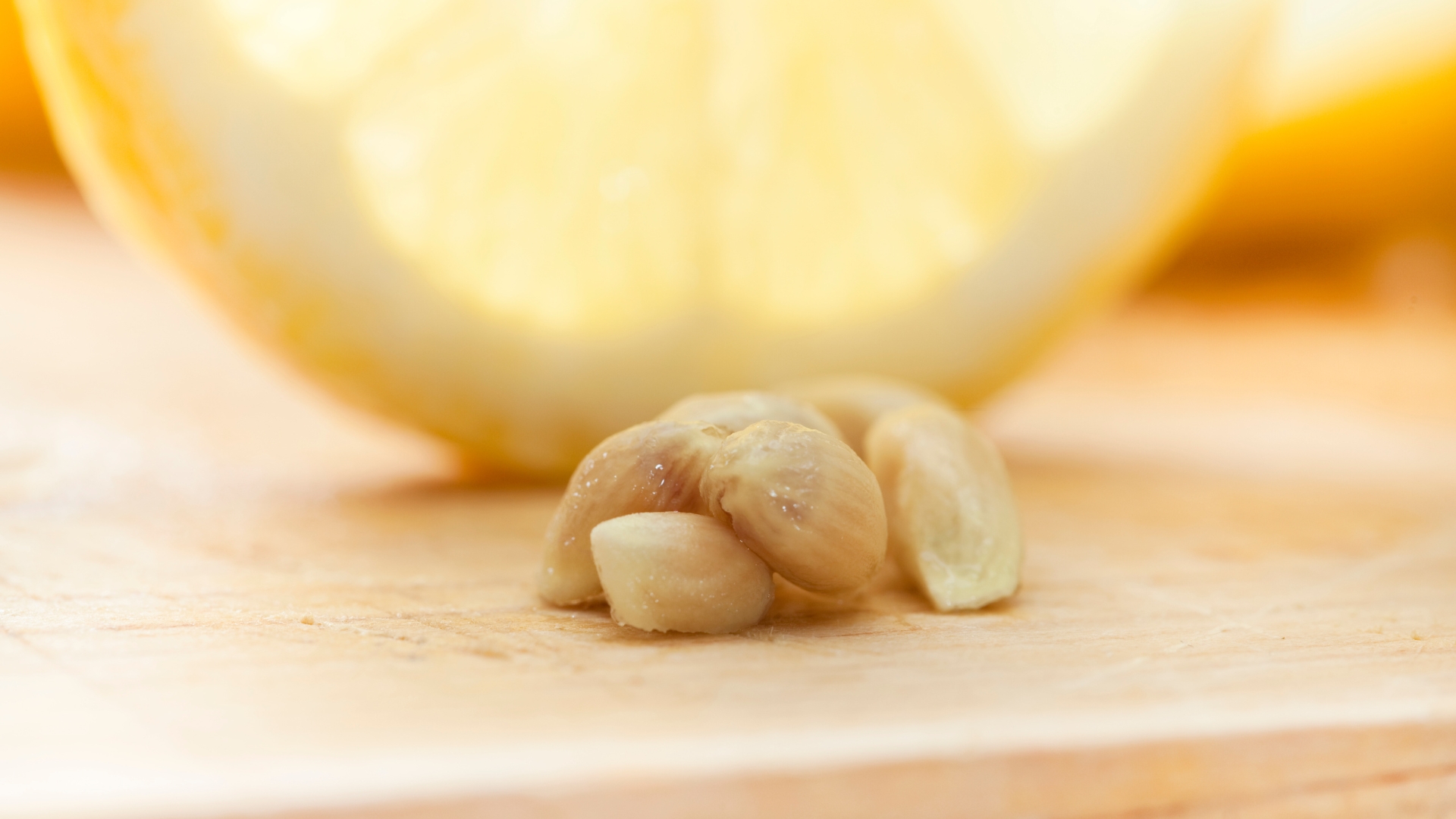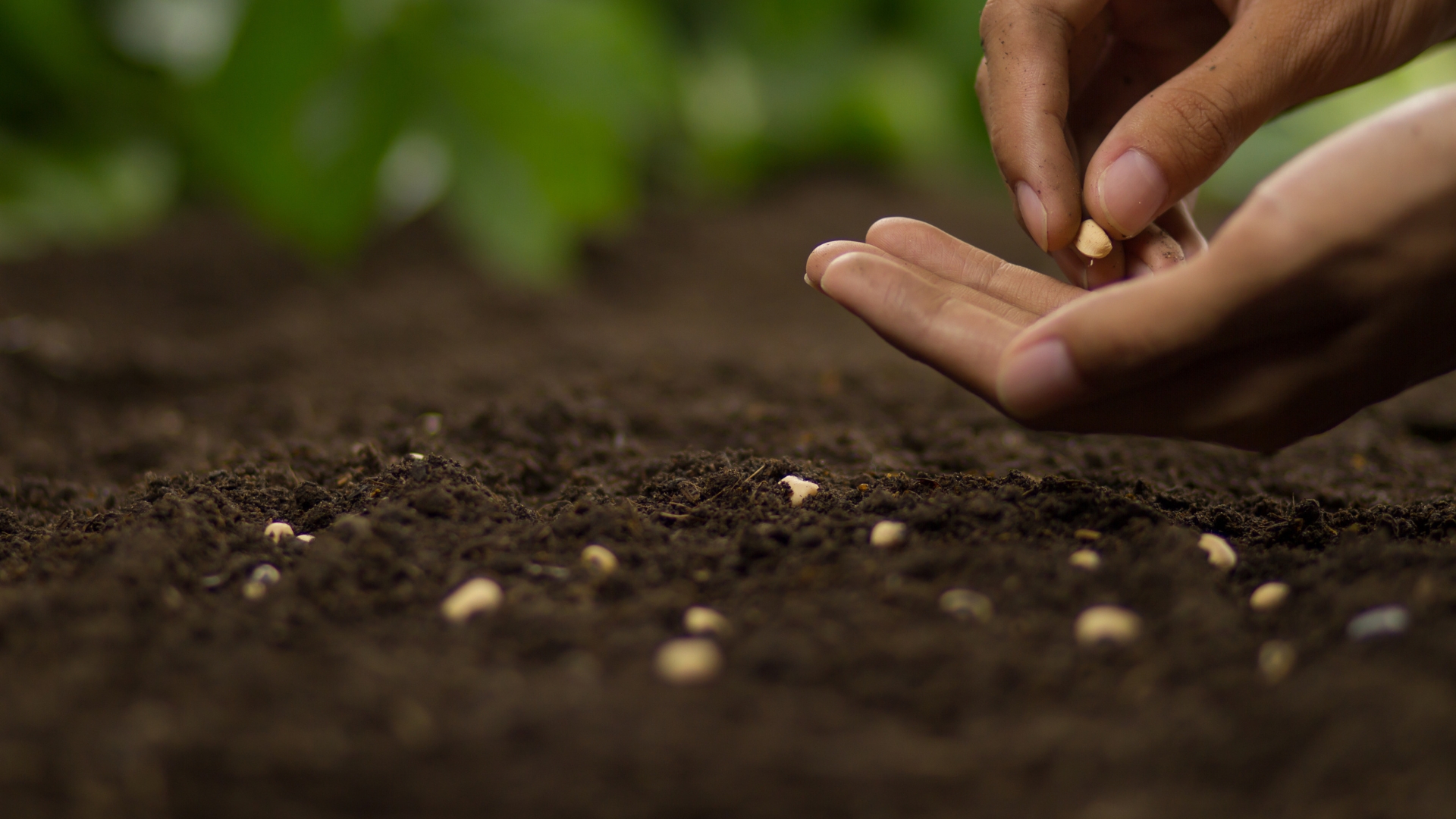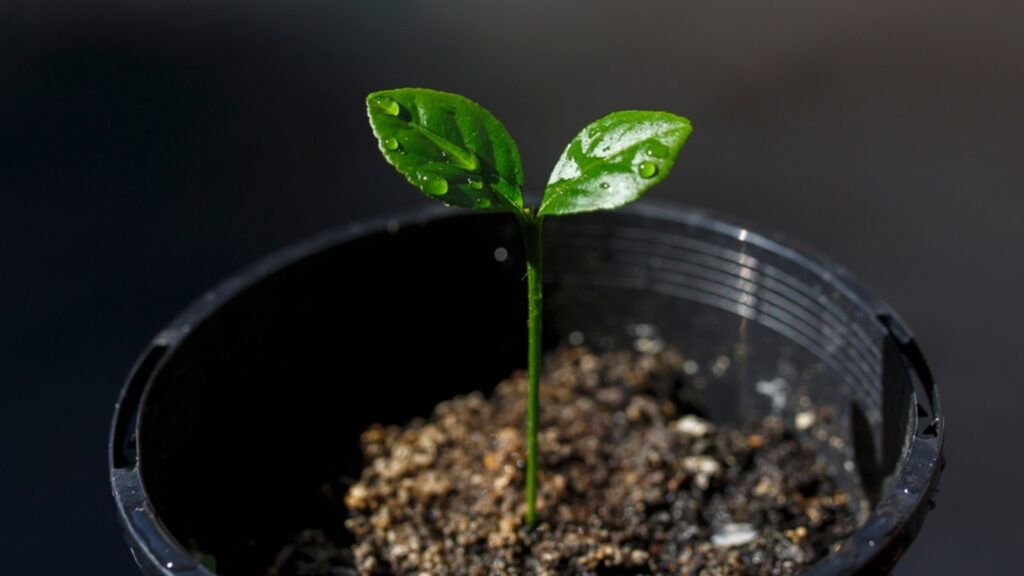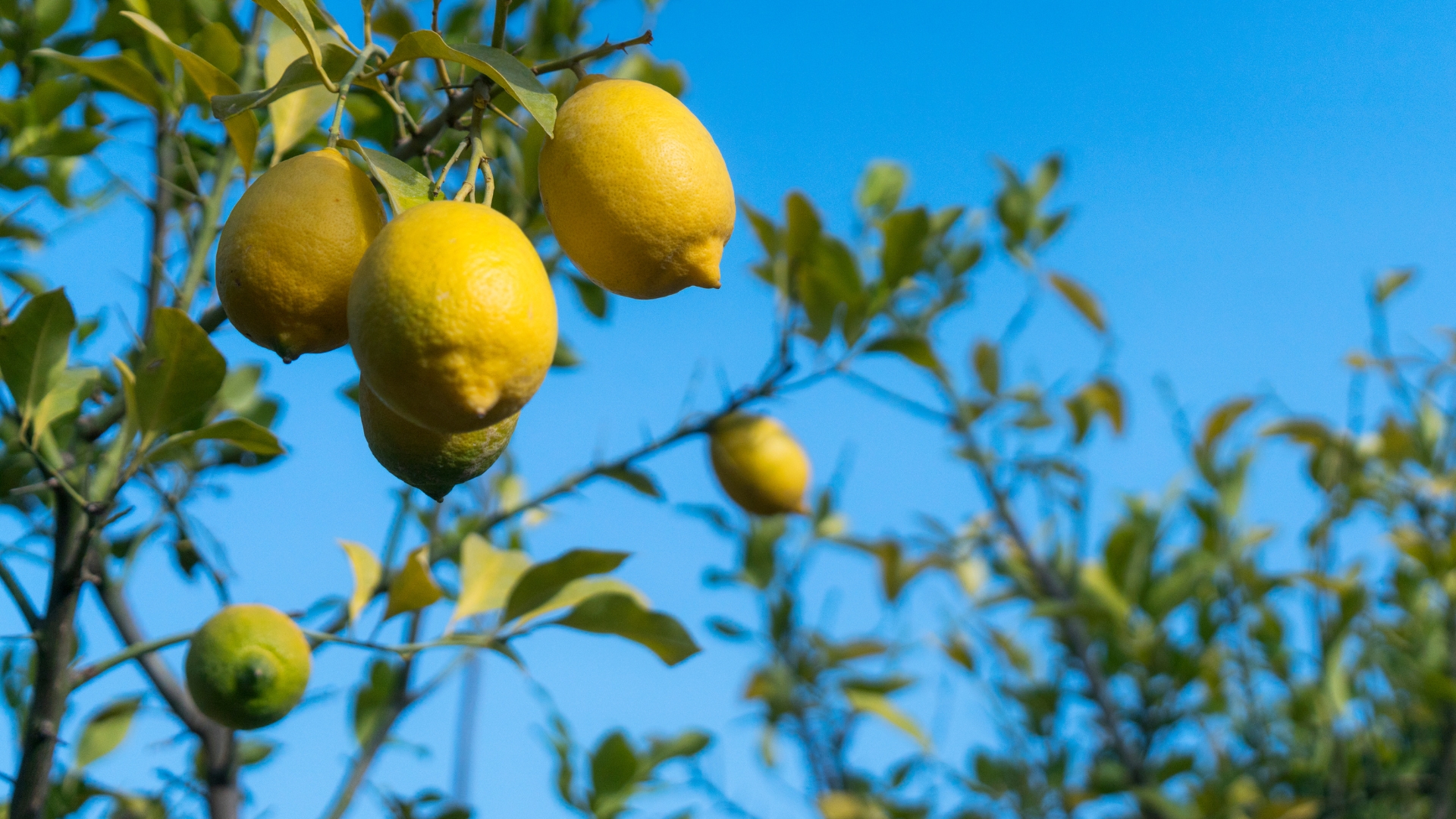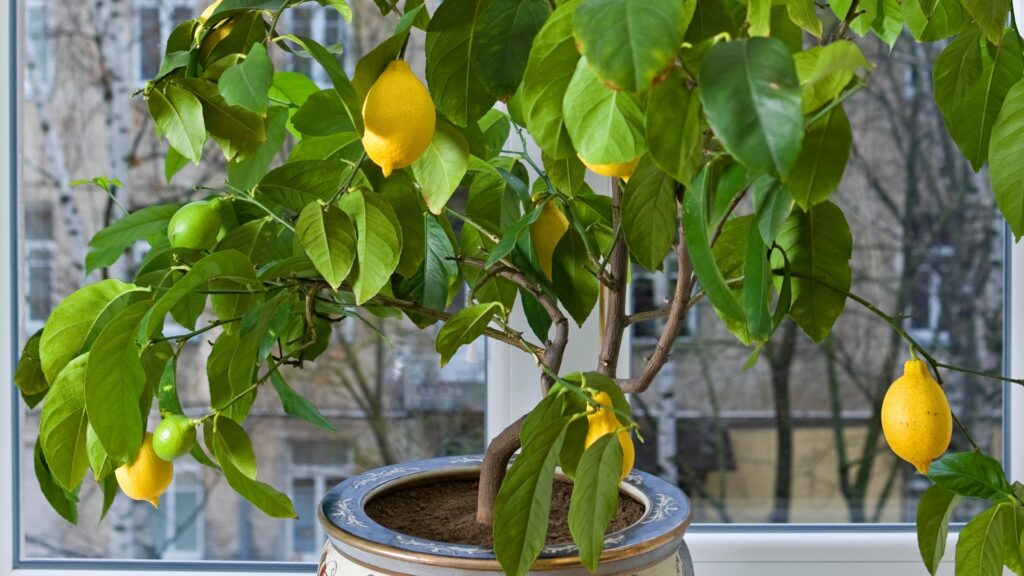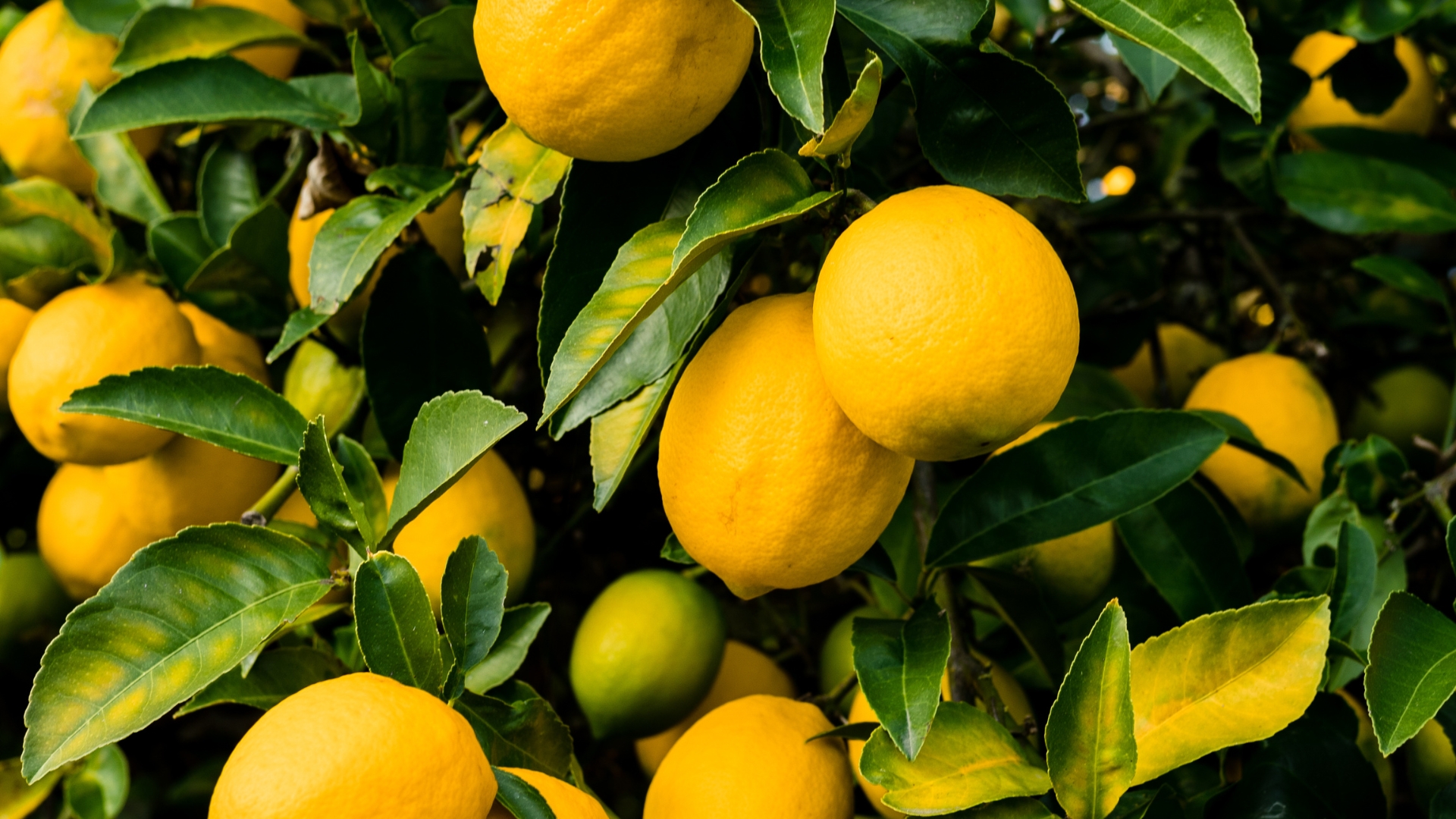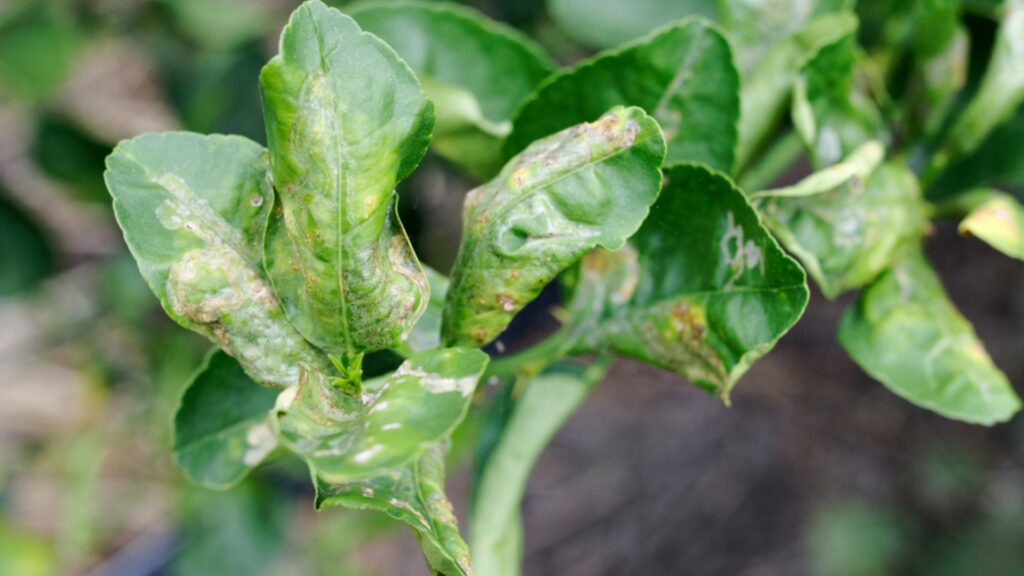If you’ve ever wondered what to do with those lemon seeds after making lemonade, don’t toss them just yet – you might be holding the beginnings of your very own lemon tree.
I’ve had great success sprouting these little seeds into thriving plants, and the best part? It’s far easier than you might expect.
With a bit of patience and the right care, you can turn something most people discard into a beautiful, fruit-bearing tree. Stick with me, and I’ll show you exactly how to make it happen!
First, Take A Lemon And Remove The Seeds
I always make sure to pick a fresh, juicy lemon for this process: one that’s full of plump, healthy seeds.
The best seeds come from fully ripe lemons, so if you have one on hand, you’re already off to a great start.
Slice it open carefully, and as you squeeze or scoop out the juice, set aside the seeds. You’ll want to remove any that look shriveled or damaged since they’re less likely to sprout.
Make Sure The Seeds Are Viable
Not every lemon seed will sprout, so it’s important to check which ones have the best chance.
I like to do a simple test – place the seeds in a cup of water and wait a few minutes. If they sink, they’re likely viable and ready to grow. If they float, they probably won’t sprout, so it’s best to discard them.
Even with the sink-or-float method, some seeds are stronger than others. A plump, firm seed is usually a good sign, while thin or shriveled ones tend to struggle.
If you want the best results, stick with the seeds that look healthy and full. A little extra attention now can make all the difference when it’s time to plant.
Soak And Wash
If you want your lemon seeds to sprout faster, soaking is the way to go. A few hours in warm water softens their outer shell, making it easier for the seedling to break through.
It’s a small step that can make a big difference in how quickly the seeds germinate.
After soaking, I always rinse them off to remove any remaining pulp. Sticky residue can hold moisture and cause mold, so a thorough wash keeps the seeds fresh and ready to grow.
Now Plant The Seeds
Now that the seeds are prepped, it’s time to plant them. I like to use a small pot with well-draining soil, making sure it’s slightly moist but not too wet.
Press each seed about half an inch into the soil, with the pointed end facing down. Cover them lightly and give them b to help them settle in.
Keeping the soil consistently damp is key, but overwatering can cause problems. A spray bottle works great for keeping the moisture just right.
Place the pot in a warm spot with plenty of indirect sunlight, and before long, you’ll start seeing tiny sprouts pushing through the soil!
It’s Time To Transplant
Once lemon seedlings outgrow their small pots, they need a new home with more room to spread their roots.
I usually wait until they reach about four to six inches tall before transplanting. A slightly larger pot with good drainage and fresh, nutrient-rich soil helps them keep thriving.
When moving them, I take extra care not to damage the fragile roots. Gently loosening the soil around each seedling makes it easier to lift them without stress.
Once settled into their new pots, a light watering helps them adjust. In their new space, they’ll have everything they need to continue growing strong.
If You Grow Lemons Outdoors, Pay Attention To This
Growing lemons outdoors comes with great rewards, but they need the right conditions to thrive. These trees love warmth and sunshine, so choosing a spot with full sun is essential.
A location protected from strong winds also helps prevent stress on young branches.
Temperature is another key factor. Lemon trees can handle mild chill, but frost can be damaging.
If temperatures drop too low, I cover mine with a frost blanket or move potted trees to a sheltered spot. Keeping an eye on the weather and providing protection when needed ensures a strong, healthy tree.
Here Are The Tips For Indoor Cultivation
Indoor lemon trees are easy to care for, but they do have specific needs. Plenty of light is a must, so always place it in a sunny window where they can get at least six hours of light daily.
If that’s not possible, a grow light keeps the tree healthy.
Temperature and humidity also play a role. Lemons prefer warm conditions, so keeping them away from cold drafts or heating vents helps.
Dry indoor air can slow their growth, so misting the leaves or using a small humidifier makes a big difference. With the right setup, growing lemons indoors is simple and rewarding!
How To Get Your Lemon Tree To Fruit
Watering your lemon tree the right way is the secret to getting those juicy, homegrown lemons.
Don’t just give it a splash here and there – this tree needs a deep, thorough soak so the roots get all the moisture they need.
But be careful! Too much water, and you’re inviting root rot. Let the top inch of soil dry out before watering again, and always make sure excess water drains out completely.
Now, let’s talk food – because your lemon tree is hungry! A citrus fertilizer every few weeks gives it the fuel to grow, flower, and eventually produce fruit.
But if you notice slow growth or droopy leaves, don’t ignore the signs. It might be time for a bigger home.
If the roots are circling inside the pot, repot into a larger container with fresh, nutrient-rich soil. More space means stronger roots, better growth, and yes – more lemons!
Inspect Your Lemon Tree Regularly To Avoid Issues
Keep a close eye on your lemon tree because trouble can sneak up fast! Pests, diseases, and nutrient issues don’t announce themselves; they creep in when you’re not looking.
Get into the habit of inspecting those glossy leaves, sturdy stems, and even the soil.
Yellowing leaves on your lemon tree? Could be overwatering, a nutrient deficiency, or even pests lurking underneath.
Sticky residue? Aphids or scale insects might be feasting on your tree.
Don’t wait until the damage is done – catch problems early and take action. Wipe off pests, trim any struggling leaves, and adjust watering or feeding as needed.
A little extra attention now saves you from bigger headaches later.
Your lemon tree’s journey starts with a single seed, but with time, care, and patience, it will reward you with fresh, homegrown citrus. Keep at it!

